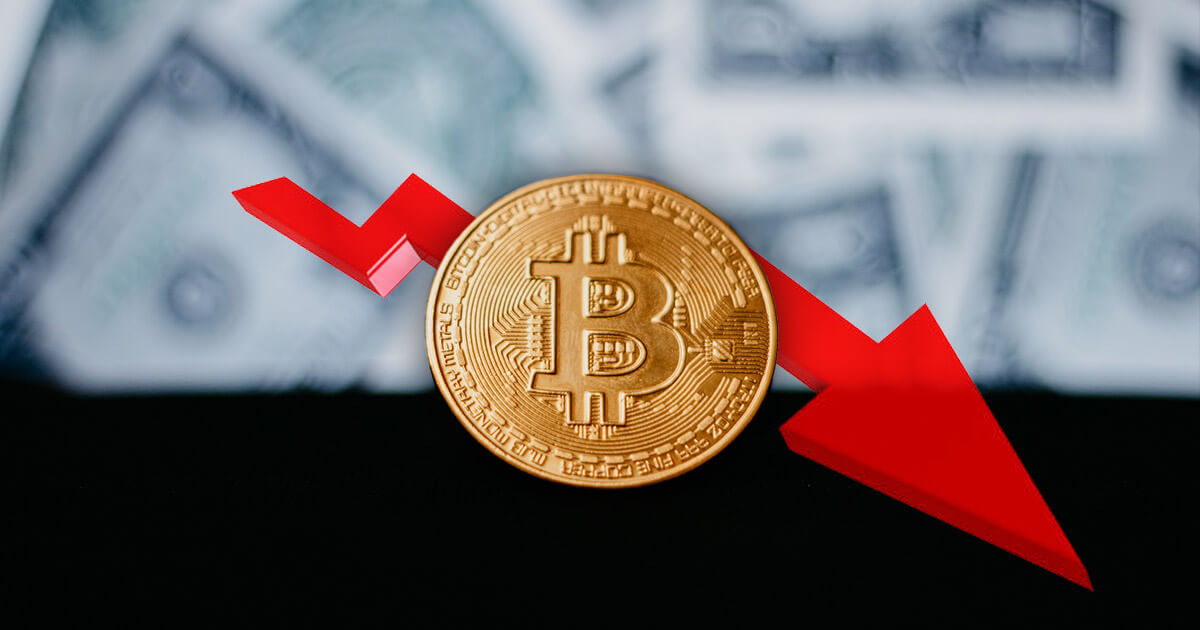A large number of investors were attracted to Bitcoin, crypto, and Ethereum trade in 2020, but since November of last year, this alternative asset class has lost more than $2.3 trillion. It may not have reached its bottom yet, but it is still dangerous, so investors should only allocate a tiny portion of their portfolios there, and only if they can afford to do so for an extended period of time.
Bitcoin (BTC) is a digital currency invented in 2009 by Satoshi Nakamoto, the moniker given to its mystery creator. Given that this cryptocurrency is often volatile, it’s not unusual for its price to fluctuate significantly, so you may question what gives it value. A blockchain records transactions, displaying the transaction history for each unit and proving ownership. On any particular day, it may increase or lower prices by 5% or even 10%. Smaller coins might see greater price volatility. After reading this article, you will better grasp what makes cryptocurrency so valuable and why its price may fluctuate wildly in a single day.
Let’s Determine The Volatility
Supply and demand
The value of a cryptocurrency is controlled by supply and demand. When demand grows more rapidly than supply, prices rise. For example, Bitcoin has a fixed supply of 21 million Bitcoins. Others, like Ethereum, do not have a supply cap. Some governing teams control the whole quantity of their cryptocurrency, allowing them to decide whether to release additional tokens to the public or burn them in order to regulate the money supply. Existing tokens in certain cryptocurrencies can be “burned” or sent to an unrecoverable location on the blockchain to prevent the circulating supply from becoming too big. Demand can also rise when a currency acquires popularity or utility, particularly if it is used as an investment.
Mining expense
New cryptocurrency tokens are generated by “mining.” The miners must use a computer to validate the blockchain’s next block. As miners compete to solve a tough math problem in order to validate a block, mining a particular coin becomes increasingly difficult as competition increases. As a result, mining costs rise as the team requires more powerful equipment, such as computers, to mine effectively. As mining expenses climb, so does the value of the cryptocurrency. Miners will not mine if the value of the money being mined is insufficient to cover their costs. Therefore, as long as there is a need for blockchain, the price must rise.
Cryptocurrency trading
Virtually every cryptocurrency exchange will include the most popular tokens, and Bitcoin and Ethereum trade on several exchanges. Some smaller coins may be accessible on a limited number of exchanges, limiting investor access. If certain wallet providers aggregate quotations to trade a set of cryptocurrencies across many exchanges, they will charge a fee to do so, increasing the cost of investing. If a cryptocurrency is lightly traded on a tiny exchange, some investors may find the exchange fees to be excessive. The listing of a cryptocurrency on many exchanges might increase the number of investors eager to purchase it, hence raising its demand. As demand climbs, so does the price.
Competition
There are at least 13,000 distinct cryptocurrencies, and new ones are continually being introduced. While it is simple for them to begin, it is difficult to make them profitable since they must create a network of crypto users. If there is a practical application for the money on the blockchain, then it can rapidly create a network, particularly if it eliminates a competitor’s constraint. If a new competitor acquires traction, it decreases the value of an existing rival while raising the value of the new currency.

Internal governance
Rarely do cryptocurrency networks adhere to a static set of rules. Their creators design them with the community they serve in mind. Some cryptocurrencies allow their holders to influence how a token is produced or utilized. To make any modifications to a token’s governance, consent among its stakeholders is required. Investors prefer governance structures that give more stable pricing. The long process of updating software to enhance protocols might restrict the utility of cryptography. If an upgrade that would unlock value for Bitcoin investors takes too long to implement, it is detrimental to present stakeholders. Existing tokens in certain cryptocurrencies can be “burned” or sent to an unrecoverable location on the blockchain to prevent the circulating supply from becoming too big.
Regulations
The trading of cryptocurrencies is governed by regulations, but governments lack the best practices for regulating cryptocurrencies, making them an especially dangerous and volatile investment. Providing investors with more access to exchange-traded funds (ETFs) or futures contracts might improve its value. Regulation may also let investors wager against the price of cryptocurrencies through futures contracts or options, therefore reducing price volatility. Regulations might potentially negatively affect the demand for cryptocurrencies. If a regulatory body modifies the regulations so that an investment in a cryptocurrency loses favor or utility, the price of that cryptocurrency may plummet.
The Community Node Count
The node counts reveal the number of active wallets on a network, allowing you to determine the community’s strength. A large number indicates a robust community and increases the likelihood that a currency can withstand a crisis. You may get the count by visiting the currency’s homepage or conducting a Google search. When compared to a popular currency and its overall market capitalization, the effect of node count on pricing is evident.
Social Medias Influence
The price of a cryptocurrency might be affected by social media excitement or important users on it. While cryptocurrency exchanges can give information about Blockchain or a currency, it is also vital to verify facts from other sources since they do not need to be accurate to affect the volatility of the currency.
Credit: Source link

















